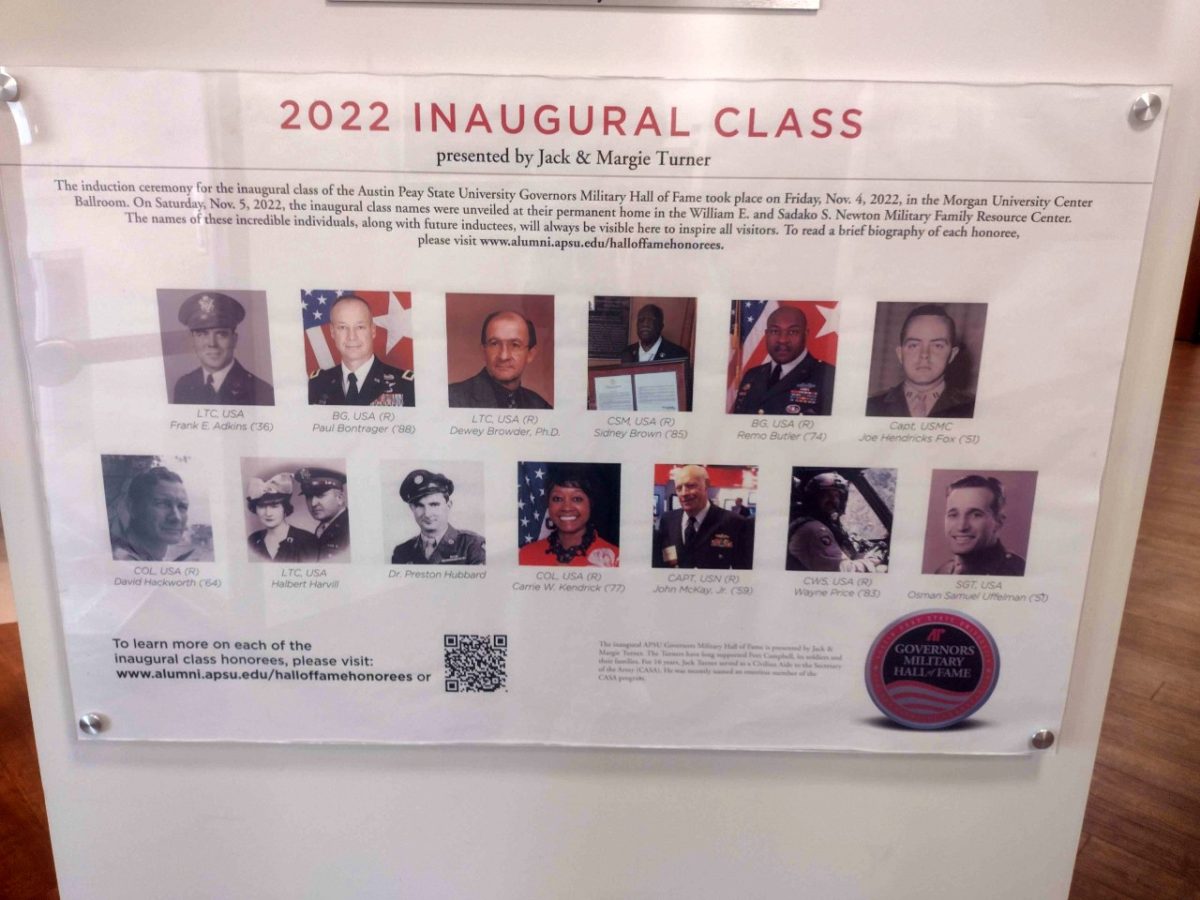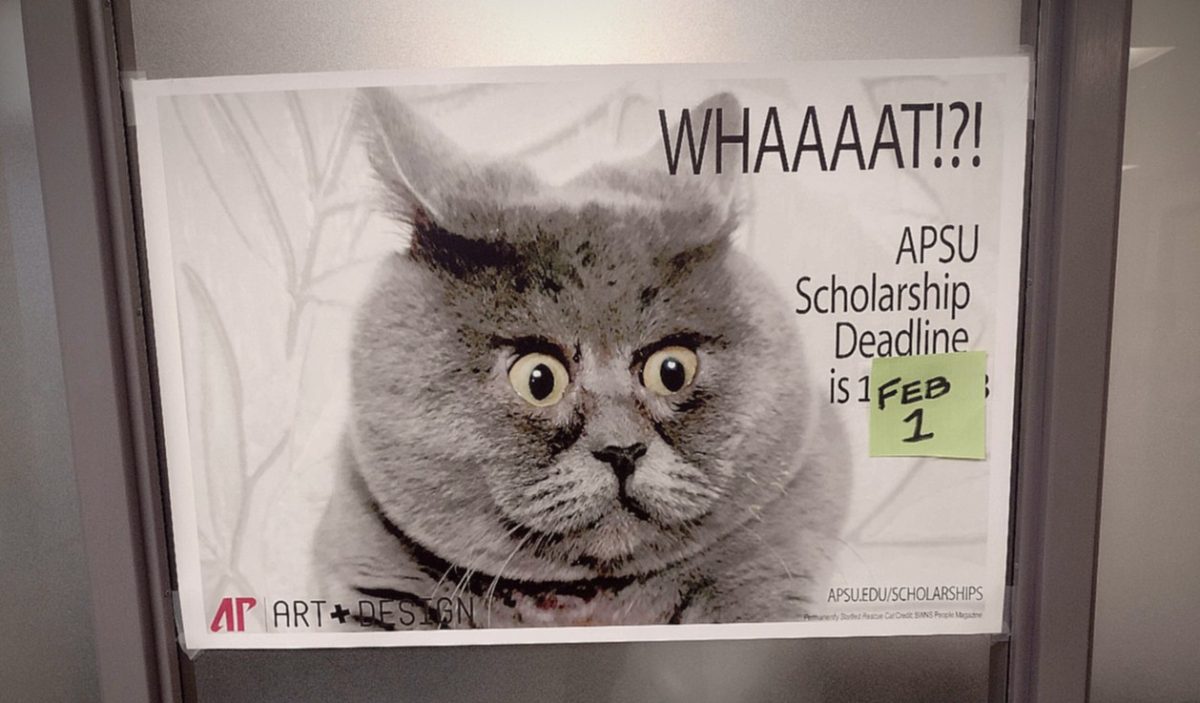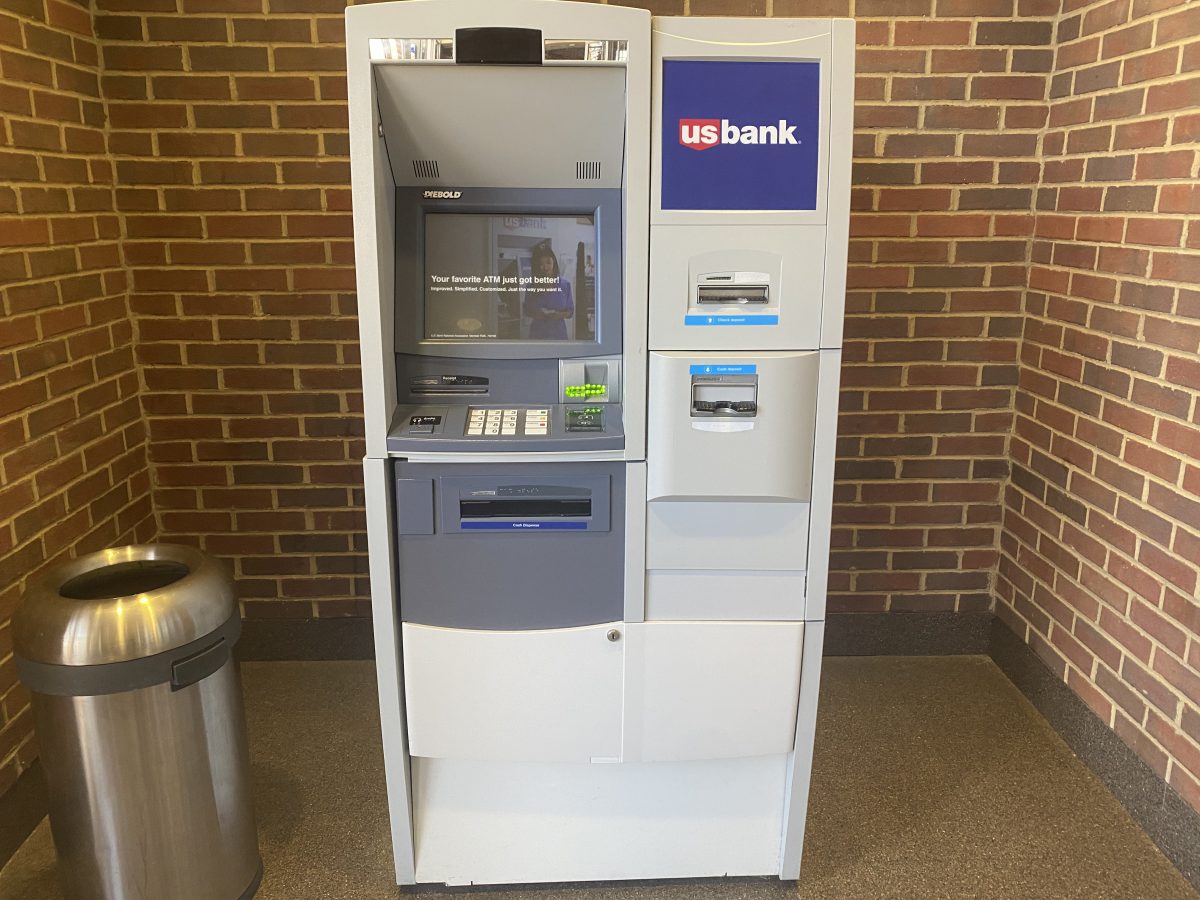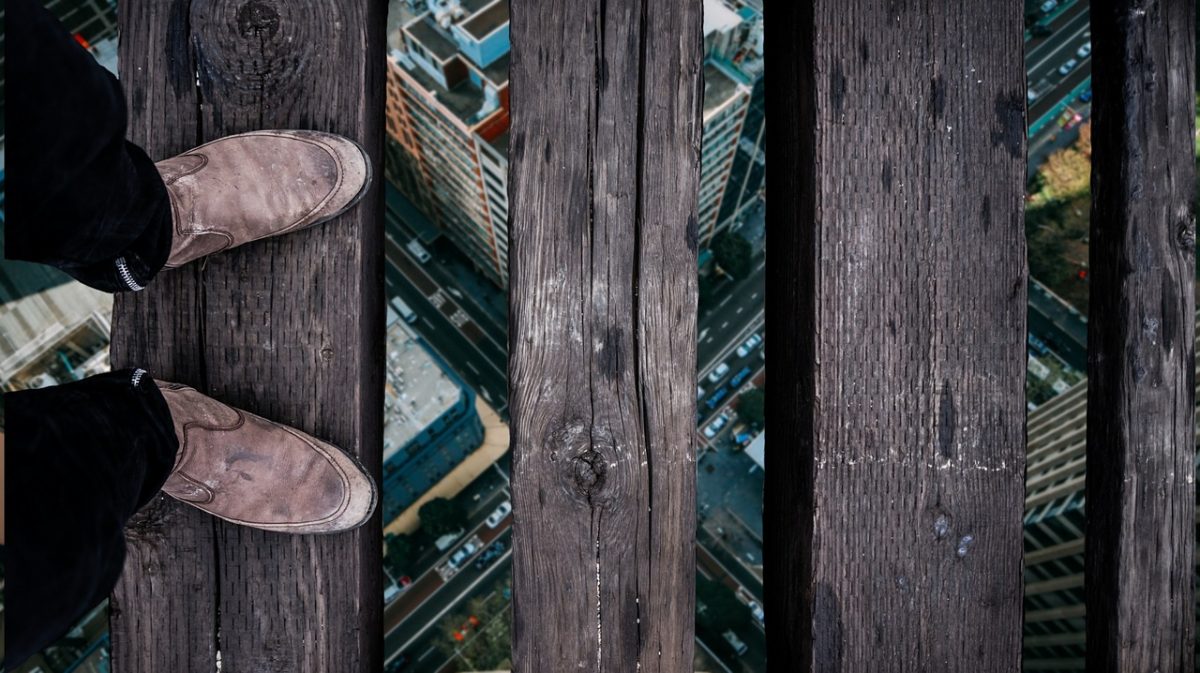Last week, we took some time to talk about dress standards for women. This week it is the men’s turn to stand in the spotlight.
I know, some of the women reading this just rolled their eyes: men have it so easy because they don’t have as many options, but replace dresses and skirts with single and double breasted jackets, or ties and bowties, and the numbers start to multiply.
As I pointed out last week, one of the first things that needs to be established before an interview is the proper dress code. As a general rule, business casual is fine, but for high-powered professions or positions, it may be wiser to aim for business formal. If you aren’t sure which to wear, just keep in mind the following: Appearing overdressed shows that you care enough to take an excessive amount of time and effort into the job you want to get, while appearing underdressed can look nonchalant or lazy.
So, if you want to leave a lasting impression on an employer in 90 seconds (the point at which one-third of hiring managers know whether or not they will hire a candidate), it might help to keep in mind the following do’s and don’ts of business attire.
DO take the time to get up earlier than usual in the morning (especially if you have a morning interview). Take this time to iron your shirt and pants and make sure that everything you laid out still fits properly.
DON’T wear white or colorful socks. Do not wear socks with patterns. Do not wear socks that do not match. Stick to black, navy blue or brown, depending on the color of your pants and shoes.
DO Take the time to color-coordinate your outfit. If you walk into the interview wearing a hot pink button-up shirt and a green tie, you will look like a watermelon. I am sorry, but that is the truth. This becomes ever more difficult when adding a jacket to an outfit. Jackets and pants that are purchased separately may not complement each other and, as a result, may not look very professional.
DON’T wear a bowtie. Do not get me wrong here, bowties are great. They are fashionable and look very formal, but that is the problem. Bowties are more of a black-tie event: a prom, wedding or a banquet. A traditional necktie is much more appropriate for an interview.
DO take the time to shave, or at least trim up any facial hair you may have. Also, take the time to look up the company’s policy on facial hair and appearance (if you can). The more you look like you already belong in the company, the more likely you are to get noticed in a positive light. Some employers do not allow facial hair, and some only allow it if the employee had it before being hired (like Disney).
DON’T wear fabrics that are not “in season.” What this means is, if a designer would not want to work with that fabric around the time of your interview, why would you? In the summer, out of season fabrics (like wool) can be too heavy for the heat and you could end up sweating through your perfectly put together ensemble. In the winter, out of season fabrics (like linen) may provide little protection from the cold. Silk is a pretty good choice for all seasons.
DO invest in a good pair of shoes. Dress shoes are expensive and uncomfortable, but they can do wonders for pulling together an outfit. Having two pairs (one black and one brown) is a great starting point for any young professional. It is also important to take care of these shoes, and shine them if necessary. Avoid wearing them as casual, every day shoes.
DON’T forget to pack an extra outfit, just in case. Sitting for an extended period of time (such as when driving) can cause clothes to wrinkle, and a quick change of pants or a shirt may be needed before actually heading into the interview.
DO learn how to properly tie a necktie, and how to adjust it. A standard knot is appropriate for any situation. If you do not know how to tie any kind of knot, you can check out this video.
DON’T wear jeans. Even nice jeans are too casual for an interview. Khakis are okay, but slacks are really going to leave an impression. Pair these with a nice solid-colored button-up shirt, and you should be good to go.
If you have any more questions about dressing properly, the following links may help.
Properly fitting a suit: http://www.esquire.com/style/mens-fashion/advice/a4705/suit-fit-0708/
Color coordination: http://www.realmenrealstyle.com/mans-guide-combining-colors/
Alternative tie styles: http://www.ties.com/how-to-tie-a-tie







